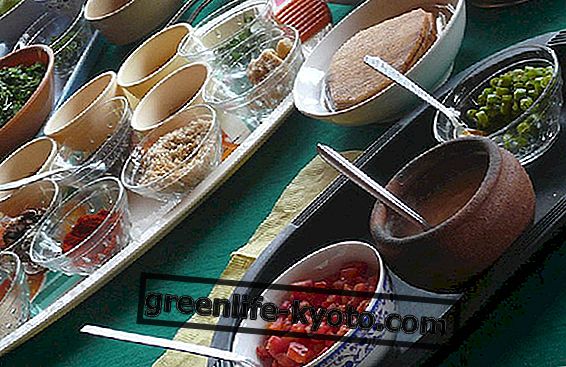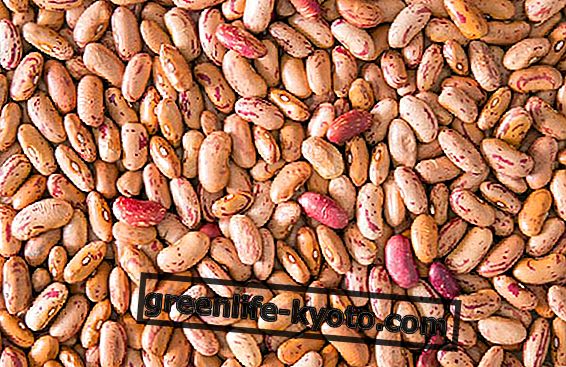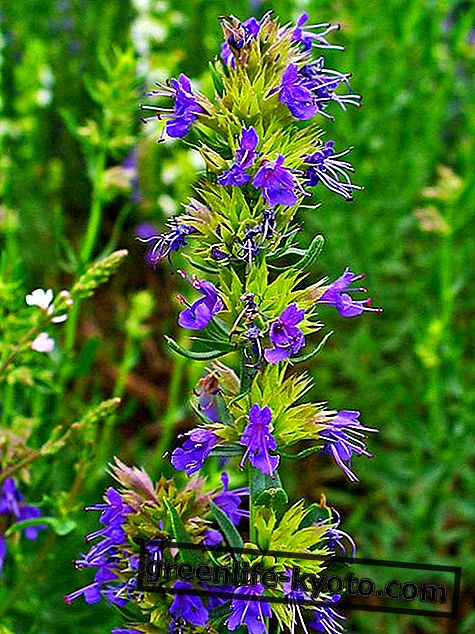Perhaps the oldest cereal known to man, rice is a very useful food for the body thanks to its innumerable properties, first of all the high digestibility and the ability to regulate the intestinal flora. Let's find out better.
>
>
>
>

Description of rice
The baptismal name of the rice is Oryza sativa and belongs to the Gramineae family . Rice is a cereal known since antiquity and some claim that it was the first cereal to be used, even before wheat, therefore.
Basmati rice, black rice, classic white rice: there are so many types of rice; only in Italy do they cultivate about fifty varieties, different in shape and size of the beans, as well as in fragrance and content.
Properties and benefits of rice
Among the main properties of rice there is certainly its digestibility, to which is associated the high absorption at intestinal level of the contained nutrients . The carbohydrate component of rice also has a regulatory effect on intestinal flora, so much so that white rice is used as an adjuvant in the treatment of disorders affecting the gastrointestinal tract.
Furthermore, rice has an essential amino acid, lysine, and good quality proteins. As for the lipid component, it contains mainly essential fatty acids. It has a lot of potassium and little sodium and is therefore a food indicated for those suffering from high blood pressure .
Rice is gluten-free and can therefore also be consumed by those suffering from celiac disease.
Discover also the properties of monacolin, produced by the fermentation of rice
Calories and nutritional values of rice
100 g of rice contain 332 kcal / 1389 kj .
Furthermore, for every 100 g of this product we have:
- Water 12 g
- Carbohydrates 80.4 g
- Sugars 0, 2 g
- Proteins 6.7 g
- Fats 0.4 g
- Cholesterol 0 g
- Total fiber 1 g
- Sodium 5 mg
- Potassium 92 mg
- Iron 0.8 mg
- Calcium 24 mg
- Phosphorus 94 mg
- Vitamin B1 0.11 mg
- Vitamin B2 0.03 mg
- Vitamin B3 1.3 mg
Rice, ally of
Intestine, connective tissue, cardiovascular system.
Discover the uses of rice starch

Curiosity about rice
- Brown rice is particularly rich in fiber and has a high satiating power; for these reasons it is very useful in low-calorie diets and against constipation.
- Basmati rice is the quality with the least fat. It can be used to prepare pasta dishes, but also in place of bread. It is very fragrant.
- Black rice is particularly rich in protein; it has about twice the protein than the common white rice.
A recipe with rice
Black rice with pumpkin and almonds .
Ingredients for 4 people:
- 350 grams of black rice,
- 100 grams of pumpkin,
- half onion,
- 100 grams of peeled almonds,
- extra virgin olive oil,
- salt.
Procedure : stir in the rice, toast the almonds in the oven and simultaneously cook the pumpkin and onion in a little olive oil. Add the vegetables to the rice and finally the almonds, some whole, others roughly cut.













